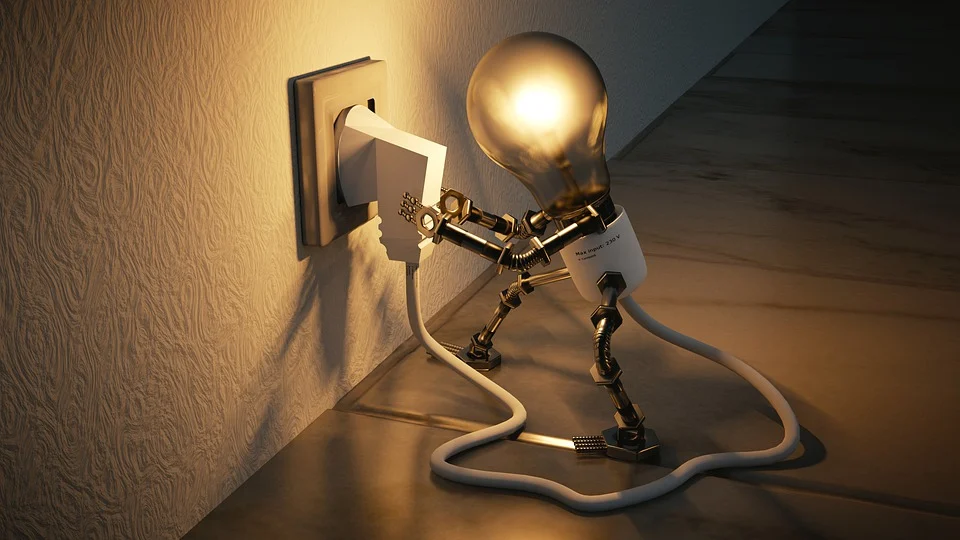Faced with the various problems of environmental degradation and high electricity bills, an improvement in energy performance is necessary. This improvement is in the interest of the government and the individual consumer of electricity. What to do to improve the energy performance of your home?
Carry Out a Thermal Insulation
If the house is now too energy consuming, it may be time to think about making some improvements.
Insulating the Roof
Thermal insulation is a very effective solution to improve the energy performance of a home. Indeed, even a very efficient heating system cannot avoid heat loss caused by poor insulation. According to the Agency for the Environment and Energy Management (AEME), a poorly insulated home lets out
25 to 30 % of the heat through the roof;
15 to 20 % of the heat through the walls;
10 to 15% of heat through the windows.
For the insulation of the roof, the work will consist in insulating the habitable or lost attic. The insulation can be done from the inside or the outside depending on the configuration of the house. At this level, the use of a roofing expert will be of great advantage.
Wall Insulation
For the walls, an exterior cladding is possible. In fact, exterior wall insulation is more recommended. The exterior insulation of the walls allows to wrap the building and protect it from thermal bridges. In addition, insulating the walls from the outside keeps the living space intact in the basic dimensions.
Insulation of Windows
Concerning the windows, this is the easiest of the headings. It will suffice to replace single glazing with double glazing to prevent cold wall problems, to limit condensation and prevent heat loss. Or better, you can install insulating shutters that will reinforce the existing insulation.
However, it is advisable not to overdo it by blocking all the ventilation ducts of the house. By making this mistake, the occupants could get into further trouble by trying to increase their ECD rating.
Improve the Heating System
The heating system also contributes to the energy performance of a home. If the heating system is in perfect condition, it will be necessary to do some reinforcement work or to consider replacing it if it fails.
Strengthening Tips
Heating is one of the largest expenses in a home. Improving its performance consists of a few technical works. These include the installation of thermostatic valves to control the temperature of radiators in each room. To control and automatically adjust the temperature, a thermostat can be installed.
The thermostat will allow to regulate the energy consumption by turning off the heating system automatically. The system will operate according to a predefined program and will stop when the desired indoor temperature is reached. These are not really cheap tricks, but the result is well worth the investment.
Replacement of the Heating System
If the heating system fails, the tips mentioned above will not be sufficient to improve the energy performance of your home. It will therefore be necessary to think about replacing the system and to choose a new one that responds favorably to the Energy Performance Diagnostic rating.
Improving the energy performance of your home involves some work and sacrifices. The satisfaction is on the long term and amply deserves the investment. The insulation work will concern the roof, the walls and the windows.
The insulation of the walls will be done from the inside to gain space inside and increase the protection of the building. The insulation of the roof will be done either from the inside or the outside depending on the configuration of the house and the roofing material.



